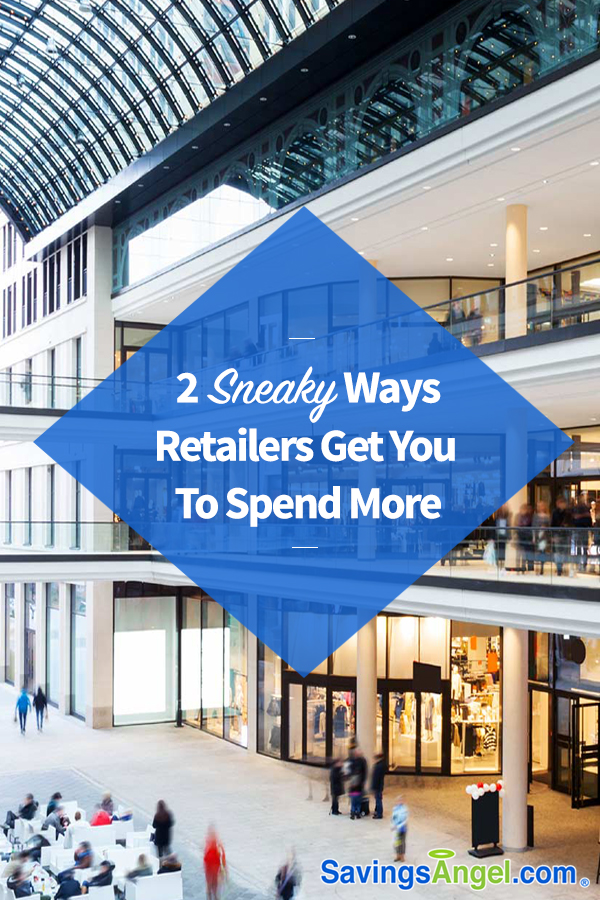 2 Sneaky Ways Retailers Get You to Spend More
2 Sneaky Ways Retailers Get You to Spend More
When it comes to sales techniques, there are two that don’t get talked about as much as others. These are rebates and “bounce-backs”. Throughout the year, and frequently during the holiday spending season, these are used to boost sales. But are they really just 2 sneaky ways retailers get you to spend more.
It truly all depends on a few factors: 1. Whether or not they really give you an advantage; 2. Whether or not you’ll redeem your rebate or bonus; and 3. Whether you are lured into a purchase that turns out to not be as good of a deal as you thought at first.
Let’s look at Rebates:
Rebates involve you paying more up front, and it’s up to you to fill out the appropriate paperwork to get a portion of your purchase back.
It’s a popular sales technique throughout the year at retailers such as Lowe’s. It is also a popular concept during holiday sales, especially around Black Friday. A way to make sale prices appear even lower, the idea is to get customers to choose that retailer and brand over another. Knowing this, carefully read any terms advertised to reveal if the listed price only applies after rebate.
With that in mind, answer some questions before buying any seemingly good deal:
- Do you have the personality type to follow through on the rebate? Are you well-organized and do you remember to take care of paperwork in a timely manner?
- Is the rebate redemption time frame long enough that you won’t miss the opportunity to send it in?
- Does the rebate really make a better price than an excellent sale would? Or can you get nearly the same offer during a sale or by shopping online or by choosing another brand or retailer?
- Does the amount offered make it worth the effort to redeem the rebate? Consider the cost of your time, and possibly a stamp, versus how much you’ll get back.
- Are the terms of the rebate ones you can easily fulfill? Some rebates are quickly and easily done online, needing only the receipt itself as proof of purchase. However, other rebates require additional proofs of purchase such as pieces from the packaging, which could be difficult if you intend the item to be a gift.
- Is it possible you may return the item? Redeeming a rebate and then returning the item is a form of rebate and return fraud. To be on the safe side, you may do better to simply get the item on a good sale.
Let’s look at Bounce-backs:
Bounce-backs are bonus offers that take different forms but are all designed so you revisit the retailer (“bounce back” to them). Two examples are: Receiving a $10 “bonus” gift card when you purchase a certain amount in gift cards (very popular with restaurants). Receiving “bonus cash” or another “off a later purchase” coupon or certificate (think Kohl’s Cash).
Like rebates, bounce-backs can be a good deal, as long as they truly work for you. Again, answer some questions before taking advantage of a bounce-back offer:
- Do you have to spend more than you originally planned just to get the bonus?
- Will you use it once earned? Is it for a place you normally shop or eat?
- Does the bounce-back have a specific redemption window? And it is during a time you’ll be able to use it?
- Does the bounce-back require a purchase you don’t really have a need for?
- Do you have a purpose and plan for the bounce-back once earned?
- Do the redemption terms of the bounce-back require you to spend even more at the retailer or restaurant when you do go to redeem it?

